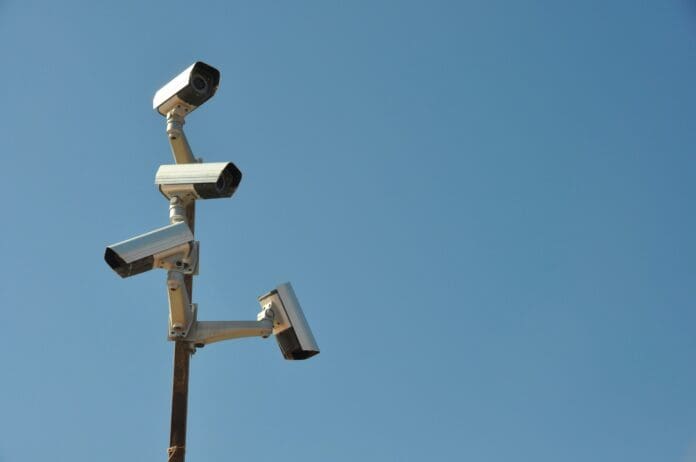This post is also available in:
 עברית (Hebrew)
עברית (Hebrew)
This year’s Notting Hill Carnival in London will see the introduction of live facial recognition (LFR) technology as part of a broader effort by UK authorities to strengthen event security. The Metropolitan Police plans to use the technology alongside a deployment of approximately 7,000 officers per day throughout the weekend, from August 23 to 25.
According to The Times, the cameras will be placed around key entry points and along the perimeter of the event. According to the police, the system is designed to help identify individuals suspected of serious crimes, including knife attacks, robbery, and sexual offences. It will also assist in locating missing persons and those under active sexual harm prevention orders.
This marks one of the most extensive uses of LFR in a public UK event to date. Images captured by the cameras will be automatically checked against a watchlist of suspects. If a match is found, officers on the ground will be notified to respond. Authorities have emphasized that biometric data from individuals not flagged by the system will be immediately and permanently deleted.
In addition to facial recognition, screening arches will be installed at high-traffic entrances to deter weapons and drug possession. Officers will also carry out intelligence-led stop-and-search operations in areas deemed high risk.
The use of facial recognition in public settings has drawn scrutiny in the past, particularly around privacy and oversight. However, law enforcement officials maintain that the approach is targeted, proportionate, and aimed at preventing harm in crowded environments.
The Carnival, which has taken place annually since 1966, typically draws over two million attendees, making it the second largest street festival in the world after Rio’s Carnival. Last year’s event saw over 300 arrests and several serious incidents, including eight stabbings.
The deployment of LFR at Notting Hill represents a notable shift in how public safety is being managed through emerging technologies. If successful, it may pave the way for broader adoption of AI-driven surveillance systems at other major gatherings, with future applications potentially extending well beyond law enforcement.


























